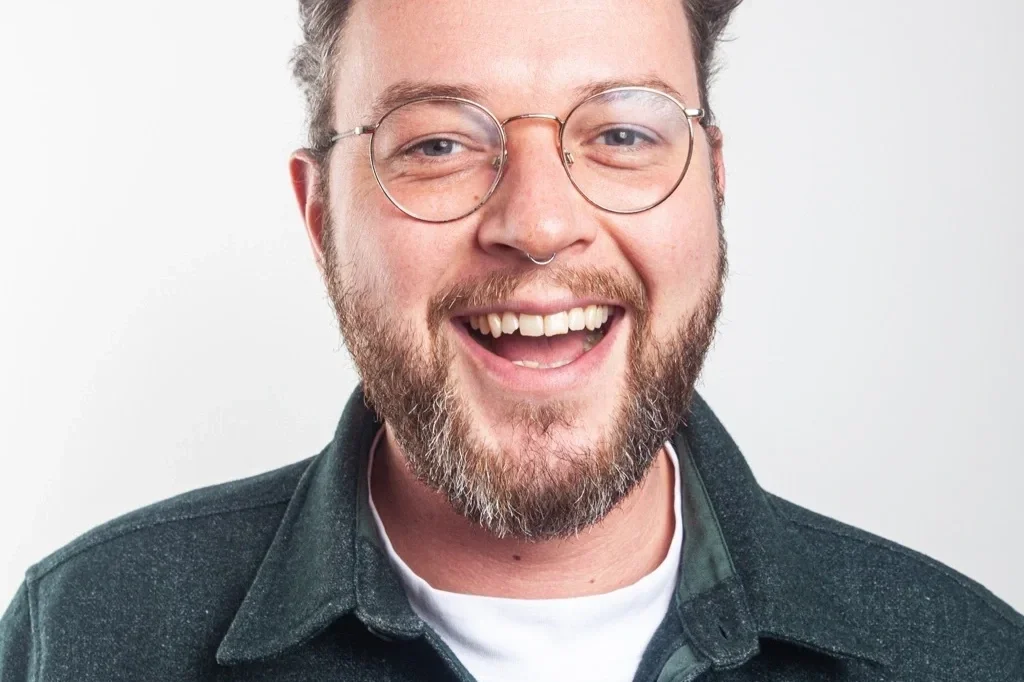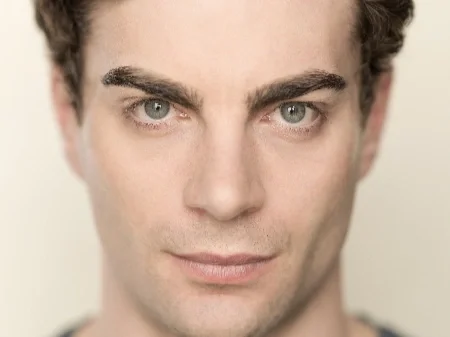Interview: Mel Lowe, A Doll’s House
Adapted by Chris Bush, Henrik Ibsen’s powerful drama A Doll’s House begins performances at the Crucible Theatre in Sheffield from 21 September for a limited run. Ahead of its opening this month we spoke with Mel Lowe to find out more about the production.
1. Can we start by telling our readers a little bit about you and your journey into the performing arts industry?
I had too much energy when I was a kid and was put into some dance classes with a local school and I have to say, the rest is pretty much history. I did bits and pieces of acting/dancing locally and once I realised you could actually do this as a job, I was in! I loved dance but I realised that I wanted to be an actor and went to drama school and from then I've been working professionally.
2. What do you think has kept you inspired creatively during your career?
I love to read, even if it's just a tiny bit on the tube, allowing my brain to be imaginative has been huge. I also have such wonderful people/friends/family in my life who are a) hugely supportive and b) have taught me to be creative outside of the industry and outside of work too which is really important.
3. This is the second time you are working with Chris Bush following on from Standing at the Sky’s Edge, what drew you to wanting to work on A Doll’s House?
Chris! She is wonderful, and perhaps I'm biased now, but one of my favourite writers. I will never pass on an opportunity to work with her. Also getting to work with our director Elin and getting to actually come and work in Sheffield and at the Crucible is a big bucket list moment.
4. For those who don’t know a lot about it, what is A Doll’s House about?
The story follows Nora in her family home over a 3 day period at Christmas. We see her as she prepares to have the best Christmas yet but as more people call on her and secrets begin to surface we follow her through a journey to figure out if what she currently has is truly what she wants. You'll have to come and see it for the full story!
5. Henrik Ibsen’s play is set in the late 19th century, has this production retained that setting or does it take a more modernistic approach?
We are setting the play in 1879 but the design and costuming may have a bit of an expansiveness to that.
6. What have been the challenges of developing this play so far?
I have to play piano in this version so prioritising my time accurately to learn both lines and music off book has been both a challenge but also really rewarding.
7. What has been your favourite part of working on this show so far?
All of the people involved, every department, everyone is wonderful which makes doing your job a joy. Also, all of the characters could have their own spin-off TV show, they're all so 3D (credit to Chris) so the research and joining of the dots and building the world together has been really fun.
8. Transitioning from Standing at the Sky’s Edge to this production, are your characters similar or are they different?
How have you developed your role in A Doll’s House? I'd say they're quite different people however the sometimes standing outside of the story musical element is definitely a similarity. Using music to develop the physicality and to understand the inner and outer rhythm for Anna has been really useful. I think music often can be a really helpful and informative tool. We began our rehearsal process with lots of research which always helps me to feel settled in the time and space we're occupying.
9. What can audiences expect from A Doll’s House?
Really beautiful storytelling from all departments. It's going to be an amalgamation of acting, sound, design, lighting, movement - all the things!
10. Finally, why should people book their tickets?
All of the above plus the cobwebs have been blown off, the language is accessible, even if you don't like 'classic' plays, this could be for you! It's a story for everyone.
Catch Mel Low in A Doll’s House at the Crucible Theatre, Sheffield from 21 Sept - 12 Oct 2024.













